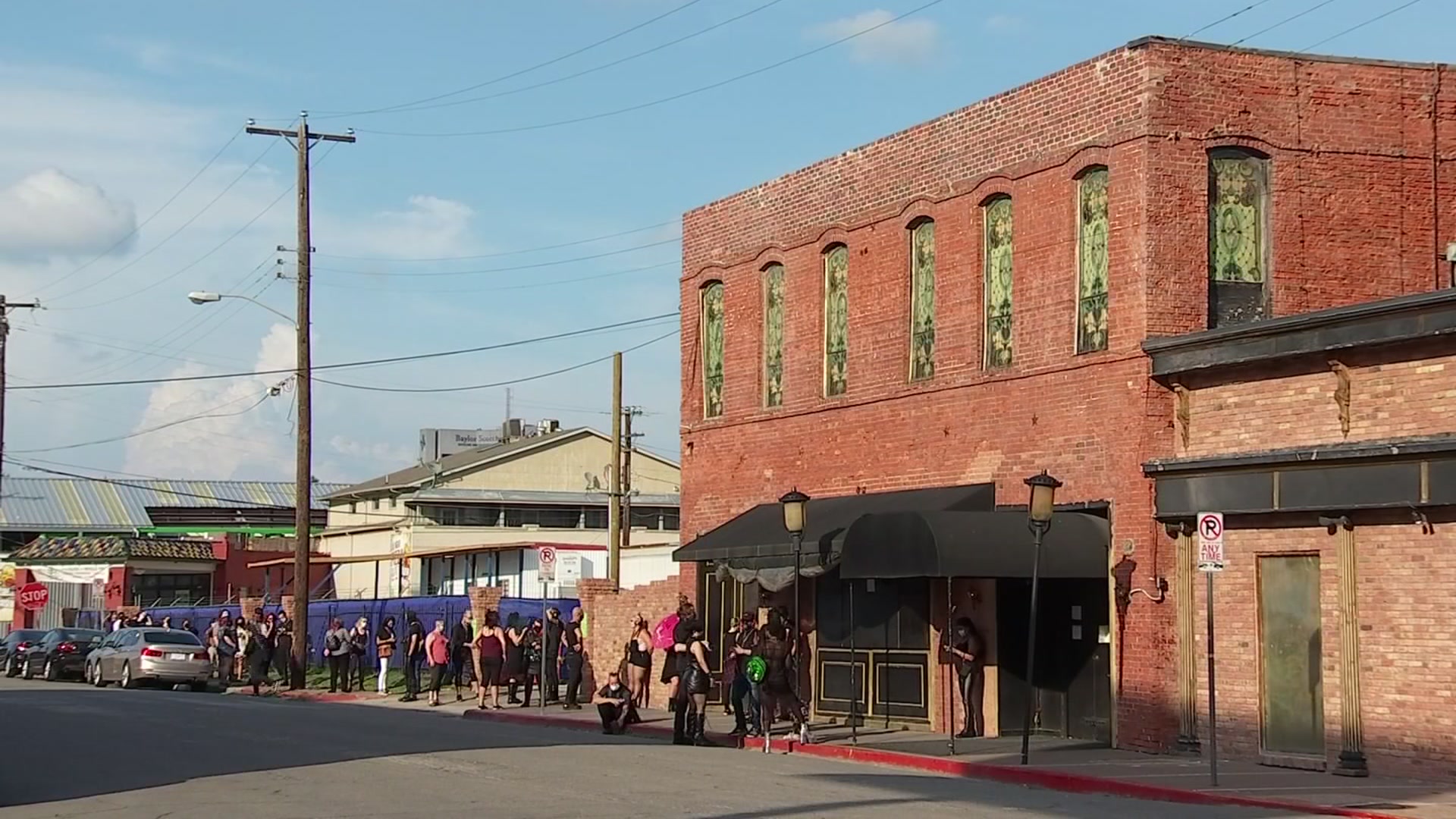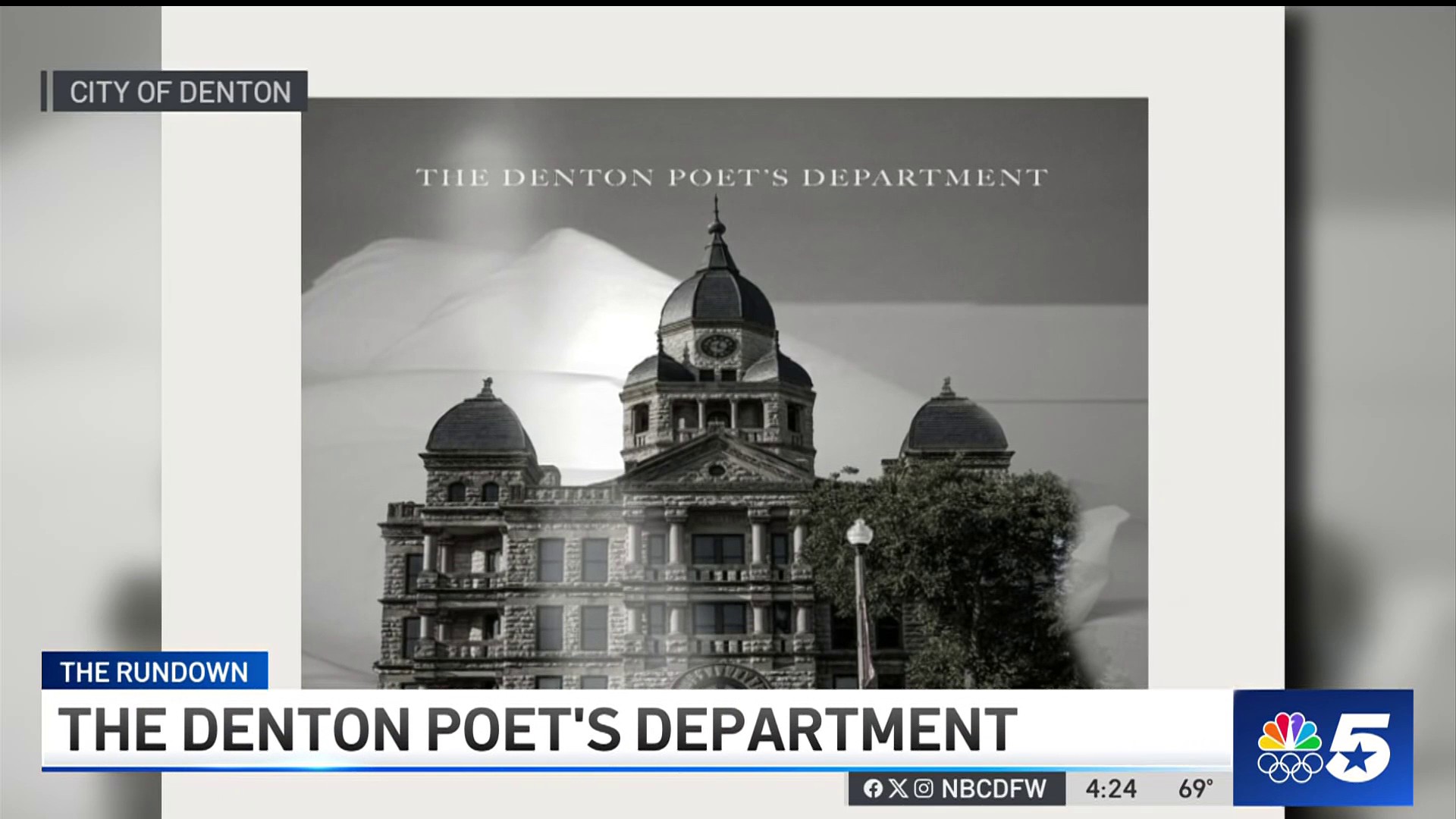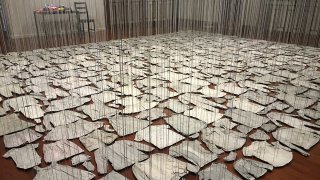
2020 marks the beginning of the Texas Asian Women Artists Series, a three-year initiative developed by the Crow Museum of Asian Art of The University of Texas at Dallas. The first exhibition in the series is Beili Liu: One and Another, now on view through August 16 at the museum’s Dallas Art District home.
Liu was born in Jilin, China and is currently a Professor of Art at The University of Texas at Austin. She uses common materials and natural elements to create site-responsive works that explore her Chinese heritage as well as current social issues.
Her work has been seen in Asia, Europe and across the United States and she has had solo exhibitions at Ha Gamle Prestegard, Norwegian National Art and Cultural Center, Galerie An Der Pinakothek Der Moderne, Munich, Germany and the Chinese Cultural Foundation, San Francisco. This is Liu’s first major exhibition in Dallas. “It’s nice to come home,” Liu said.
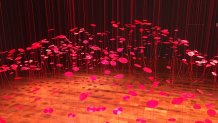
In Gallery I, Lure/Dallas fills the space with floating red coils. The work is inspired by the ancient Chinese legend of The Red Thread. According to the legend, children are born with invisible red threads connecting them to their soulmates. Eventually, they unite, conquering social divides and great distances. “It’s a hopeful, beautiful story,” Liu said.
This installation is crafted for this specific space. “Usually when I come into a space, I walk the space and really get to know the essence of this place. I then compose the contours of the work. After the threads are installed, I then trim each thread to compose the topography that you see here. I wanted this undulating waveform to refer to landscape and this flow of life energy,” Liu said.
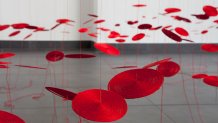
Lure/Dallas consists of 2,000 coils handcrafted by Liu, each pierced at the center by a single sewing needle to enable its suspension from the ceiling.
The Scene
“I took red thread with me and I started experimenting to see what I could do. To create these coils, I tied a knot and then coiled the thread around the center knot. Once the coil is done, it is lightly starched and then I sewed through all these threads with a finer piece of thread. This is why you can see some of the coils are open, but they won’t fall apart,” Liu said.
Like the legend it is based upon, the work reflects the longing for soulful relationships. “It’s very metaphorical about connections and the desire to connect,” Liu said.
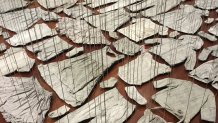
Each and Every/Dallas is Liu’s haunting large-scale project developed in response to the separation of migrant children from their parents at the southern border of the United States. Hundreds of pieces of children’s clothing coated in cement line the Mezzanine floor. Approximately half of the clothes once belonged to her daughter. Other pieces were donated by friends. All the pieces have been used and many are damaged.
“As an artist, I saved my daughter’s clothes because they are an embodiment of tender, caring experiences I shared with her, clothing her, washing the clothes and thinking about the warmth within the clothes and what they represented,” Liu said.
Although still recognizable, the individual pieces are transformed by Liu’s creative process. “I dipped them in liquid cement to harden them to capture the form, but also to preserve that tenderness we share with children,” Liu said. “The cement is both preserving, but also now the clothing is destroyed. My daughter would come into the studio and she would sometimes say, ‘Poor clothes!’ She has these feelings for these clothes and that’s what I’m hoping this clothing can communicate.”
The liquid cement is light enough to maintain the intricate details of baby booties, but the coating destroys another defining aspect of the clothes. “This hardening and preserving removed their color. It’s almost like that voice was taken away. They are now silenced,” Liu said.
Time lapse video of the installation of Each and Every at the Crow Museum of Asian Art of The University of Texas at Dallas (Video courtesy of Beili Liu Studio)
Hovering above the clothing are threads partially dipped in cement, filling the vertical space between the floor and the ceiling.
“The threads rise from the clothing up to the ceiling. By looking up, there’s this sense of hopefulness,” Liu said. “Also, as your eye goes down to the clothes, you realize they are disconnected so even though there’s this illusion that the clothing is being supported, they’re not. There’s that break.”
In March, Liu will incorporate a performance element to complement Each and Every/Dallas. Liu will sit in protest next to the work, mending worn clothing in the hope of giving new life to the garment. “It’s very personal because this is the first time I’ve made a project as a mother,” Liu said. “Usually I work as a woman artist or just an artist. It’s quite vulnerable to put this piece out there, but I also think it’s a conversation I would love to continue because at the moment, we still don’t know what happened to those children.”
What to Know
- Crow Museum of Asian Art of The University of Texas at Dallas is located at 2010 Flora Streets in the Dallas Arts District
- The museum is closed on Monday but open 11 a.m. to 5 p.m. Tuesday - Sunday
- Daily admission to the museum is free. Suggested donation is $7 for adults and $5 for seniors.
MORE: CrowCollection.org

